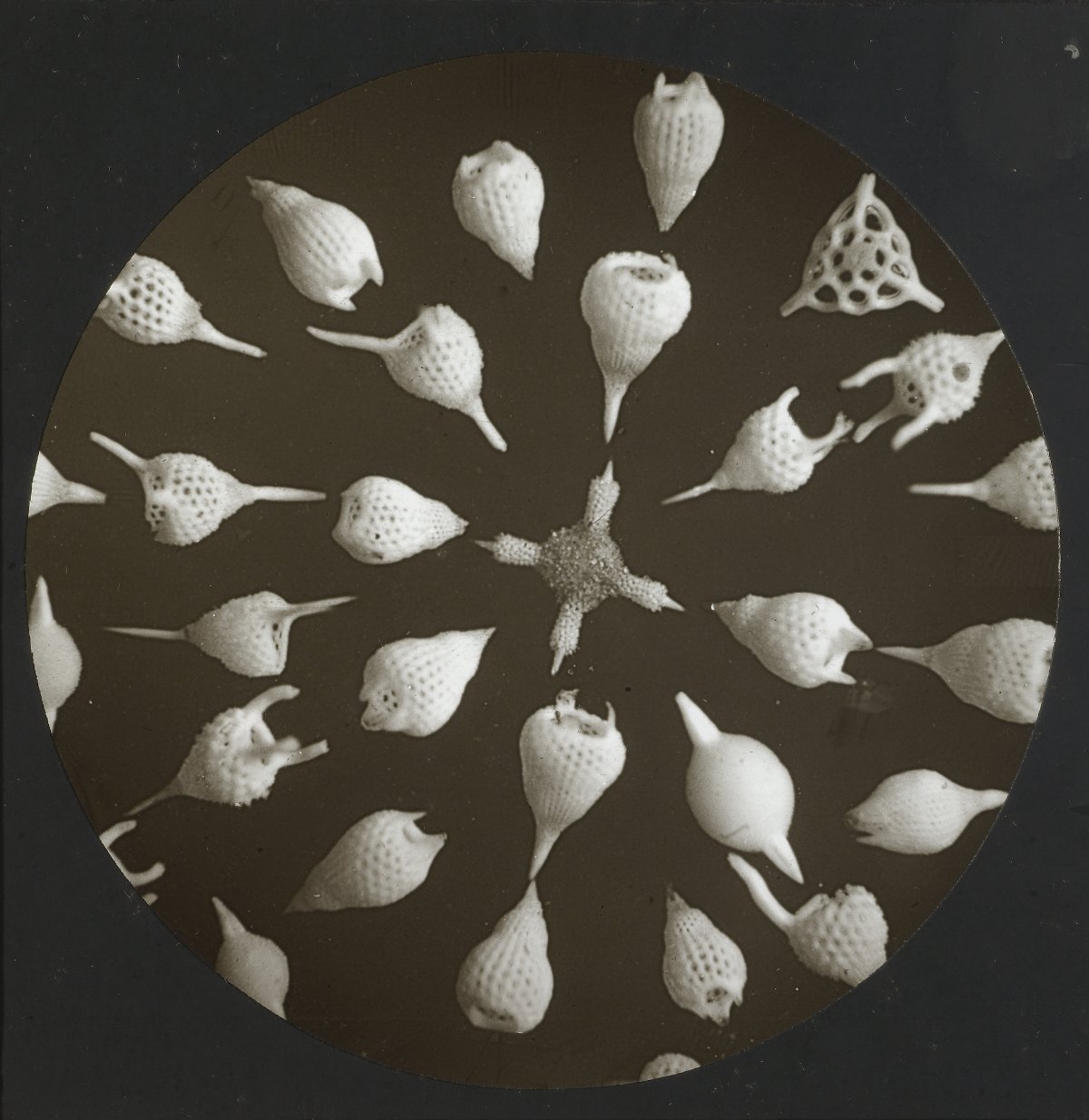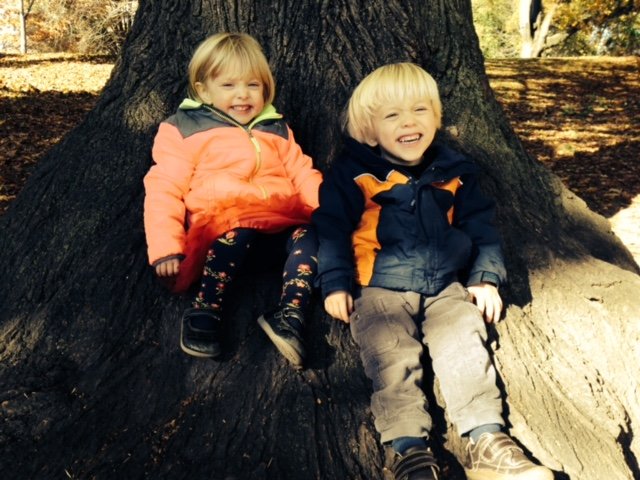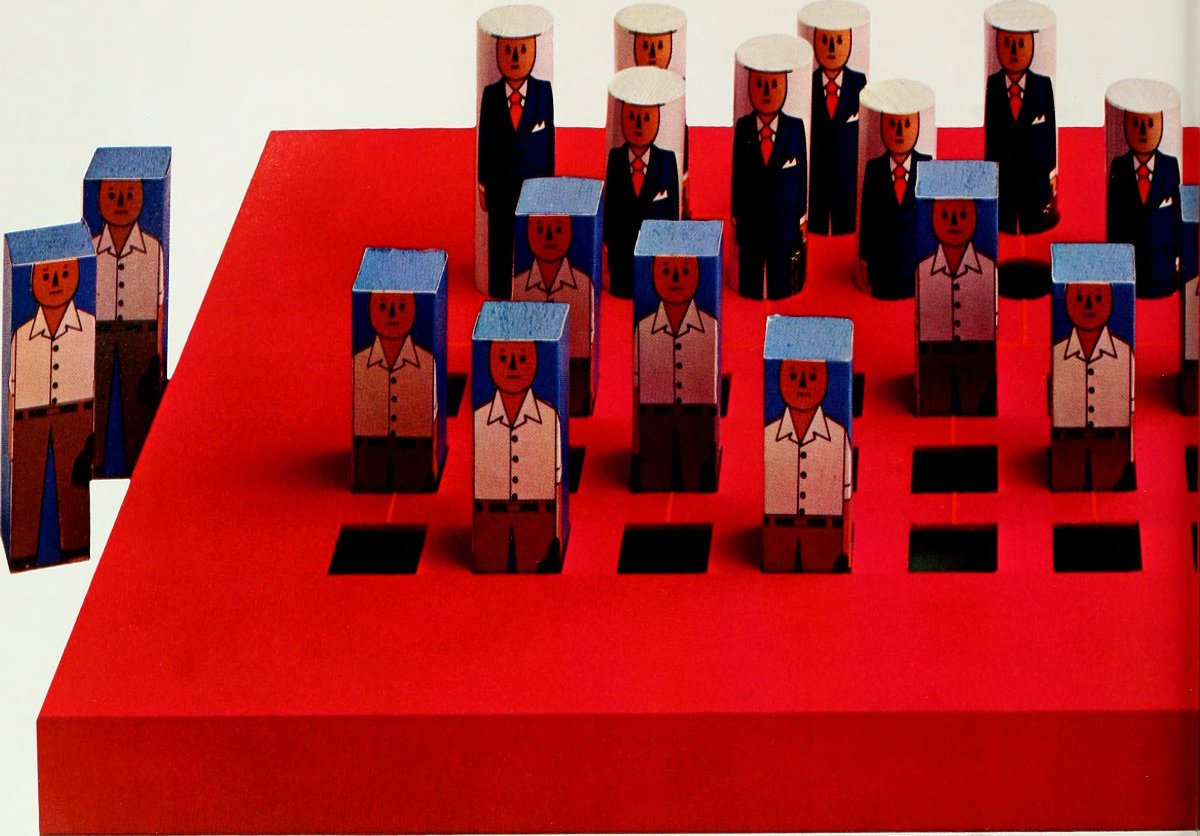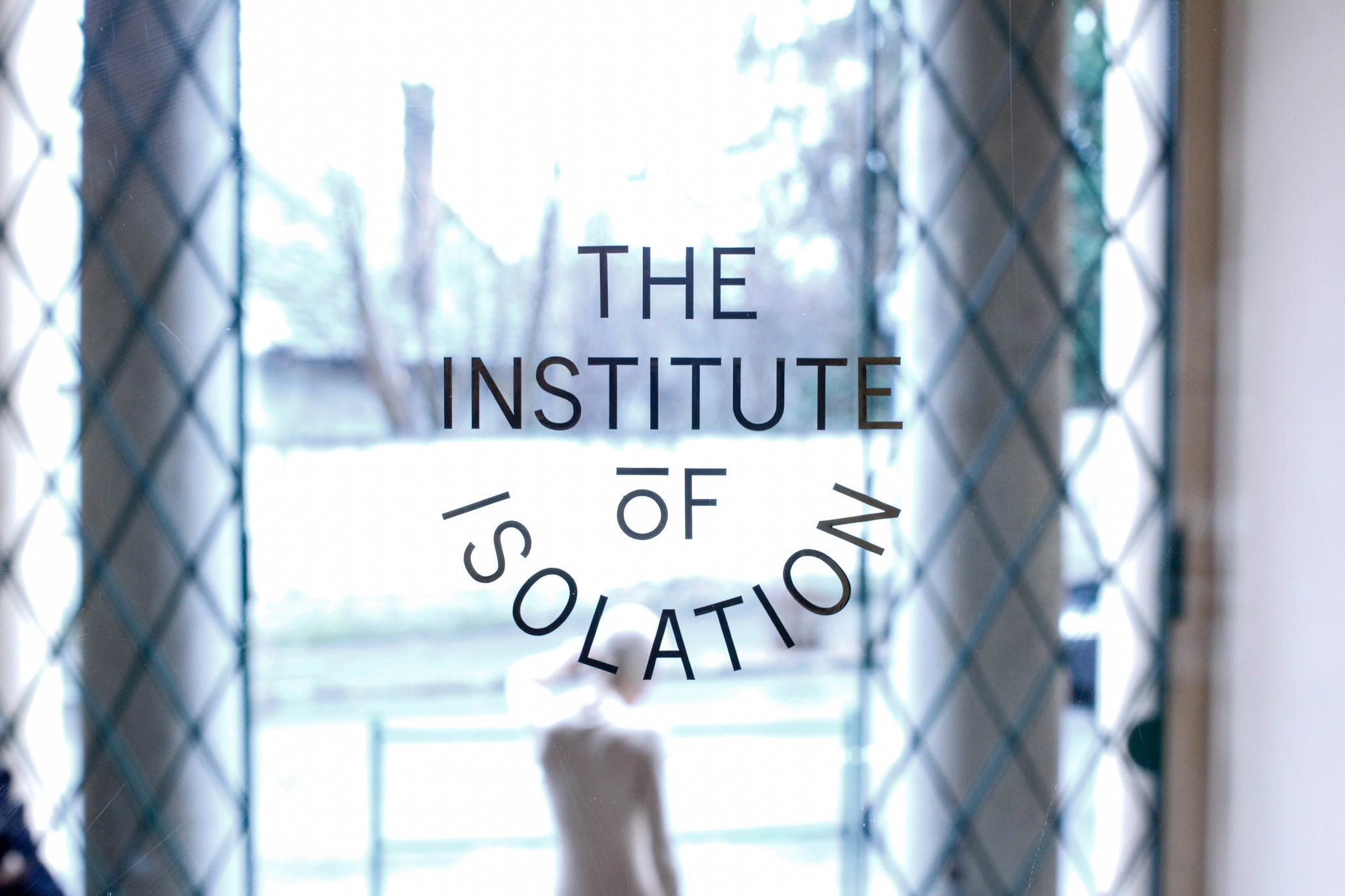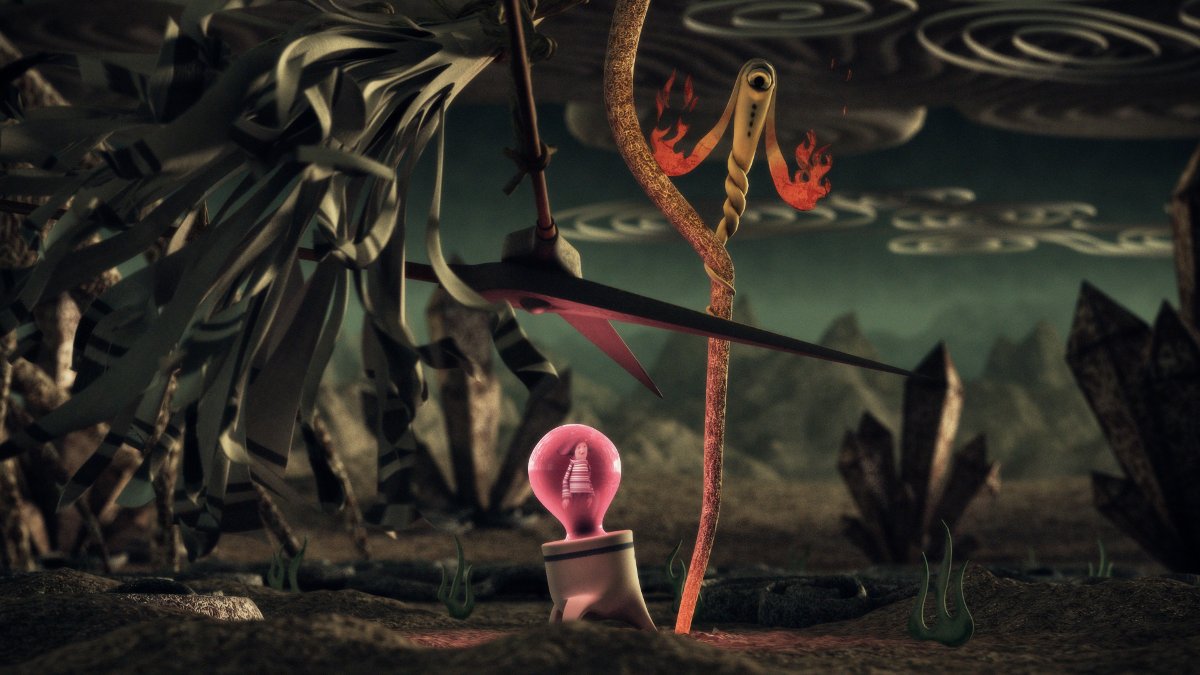Archive for Year: 2014
Development or Deterioration
As I turn 70, I’m sure the first thought that crosses peoples’ minds when they meet me now is, “He’s old!!” Most people associate aging more with accelerated deterioration than continuing development. But I think there is no end point for development. Growth may take a different form or shape, but it doesn’t need to end.
Leadership Lexicon
Leaders sometimes wonder why no one is following them. In most cases, the reason is because the leader does not possess all three essentials of effective leadership: Character, Commitment, and Competence. Leaders must be honest and ethical at their core, or people don’t follow. Leaders must also be committed to developing themselves and others. If people are not convinced of the leader’s commitment to their growth, they will not help the leader grow—and they will Read More
Free Will . . . or not
Copernicus destroyed the myth that we are central. Darwin destroyed the myth that we are special. Now, Crick and the neuroscientists want to destroy the myth that we are conscious. They suggest that all behaviors are simply manifestations of a conditioned brain – when the brain dies, we die. They posit that we operate simply out of habit. Essentially, they conclude that we are automatons with no free choice. Quite simply, our brain sends out Read More
Creating Organizational Soul
After publishing Corporate Culture Change, the Corporate Culture Sourcebook, and Ethical Leadership in the late 1980’s, I was retained by Lotus Development Corporation (now known as Lotus Software) in Cambridge, Massachusetts to help them align their culture behind a new network-centric strategy to better differentiate their company from its arch-rival Microsoft.
Abuse
We are hearing a lot of sordid stories these days about professional athletes abusing their spouses and children. As horrific and wrong as these cases are, they make us think that abuse is mostly physical and is contained within a small sub-section of the population. To me, abuse is more than physical, and it is practically universal. Let me explain. Abuse can be physical, emotional, intellectual, or spiritual. It can occur in blatant and obvious Read More
Transcendental Possibilities
My hunch is that we are all searching for transcendental possibilities, but what in hell does that mean? I have been on a long journey trying to figure out what those possibilities might look like and how I can have any real degree of assurance that what people claim can be true. Thirty-two years ago I co-founded Possibilities, Inc. with Barry Cohen, a PhD philosopher, as a discovery vehicle for this journey. I’ve covered a Read More
Integrated Educational Reform
If educational reform is going to be successful, we need to start with trust and healthy conflict. In my view, commitment is not the major issue. I don’t see a lack of teacher commitment as the biggest problem. To me, capability and culture are far more potent variables in the success equation.
How AND Why
We hear a lot of either/or options in our lives. Either you can do this or you can do that. And how often is an acknowledgement of a different point of view accompanied, by a “but…?” Ya, but I think…! This post addresses the need to see the complementarity of differences and the need to ask “how” AND “why.” As the eastern philosophers would say, “there is a yin is in every yang, and a Read More
Possibility
As the world veers ever more perilously toward the precipice, it doesn’t seem like a giant leap to suggest that we need a major shift in thinking and relating. Essentially, we need to start thinking about ourselves as connected vs. separate and we need to start relating to each other interdependently vs. competitively. This post will address the possibilities of making that shift and the planetary potential if we can make it happen. I will Read More
Positivity
In Shirzad Chamine’s book, Positive Intelligence, he refers to Sages, Saboteurs, and PQ, or positive intelligence. It’s a fascinating entreaty on the battle between our higher and lower selves and posits that PQ is the tipping force in winning the battle. It should be noted, though, that the ideas of Sage and Saboteur have been elucidated very substantively, in other terms, by others. Chamine suggests that a sage needs to empathize, explore, innovate, navigate, and Read More
Freedom
It’s a terrible feeling and a freeing experience to have your illusions destroyed. As I walked down the streets of Saigon and watched the army trucks full of terrified, tough kids purposely drive through mud puddles so that they could laugh gleefully as the brown, polluted water splashed randomly on the elegant, white, long dresses of the beautiful Vietnamese women I knew my view of the world had been irrevocably shaken. In the name of Read More
Interdependence
The featured photo in this post shows a polar bear in the Arctic Circle. This bear is at risk of extinction because we have failed to recognize that we are a part of an interdependent ecosystem. As a result of human behavior, the climate is changing so rapidly that the ice melt is threatening the bear’s ability to find food. In a recent article in the New York Times, “Capitalism Eating its Children,” Roger Cohen Read More
Building Trust
Trust is the foundational building block for organizational health. Just as diet and exercise are the key starting points for physical health, trust is the “must have” for building a healthy, productive, and innovative work environment. Without trust, you have no chance of creating the kind of organizational culture you may want to build. Trust has two components: indvidual and institutional. Individual trust is defined as a firm belief in the reliability, truth, ability, or Read More
The History of Great Ideas
Great ideas have been piling up in history’s graveyard for 3,000 years. They are left unattended and largely forgotten. When these ideas are first introduced, they are usually met with laudatory excitement and abundant enthusiasm. Then, the ideas are gradually diminished and distorted through this four step process: Trivialization, Bastardization, Privatization, Commercialization
Getting Distance on Our Problems
Everyone has issues. They could be physical. They could be mental. They could be emotional. Or they could be a mix of all three. Some are minor annoyances. Some are major trauma. The challenge is to get enough distance on them, so we don’t get lost in them or identify with them. Our bodies may not work the way we would like them to work…but we are not our bodies. Our minds might not function Read More
Inequality
The featured image of this post is a picture of the downtown area of NYC—home of Wall Street. It’s a beautiful sight with majestic buildings, but there is a story unfolding that is as ugly as the buildings are beautiful. In those spectacular buildings, and in others around the world, evil lurks. Here are some facts: The highest percentage of ultra high net worth people (greater than $30 million) lives in NYC. Unfortunately, almost 50%
Poem for the Planet
Same earth
Same water
Same sun
Same air
Same beginning
Same end…
